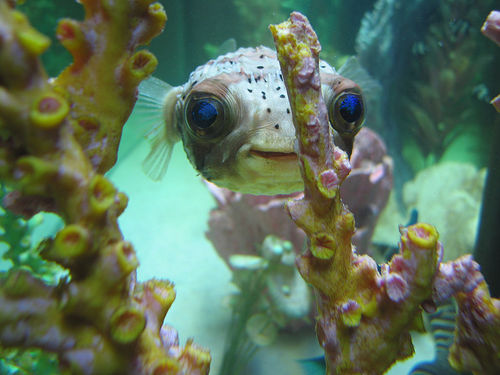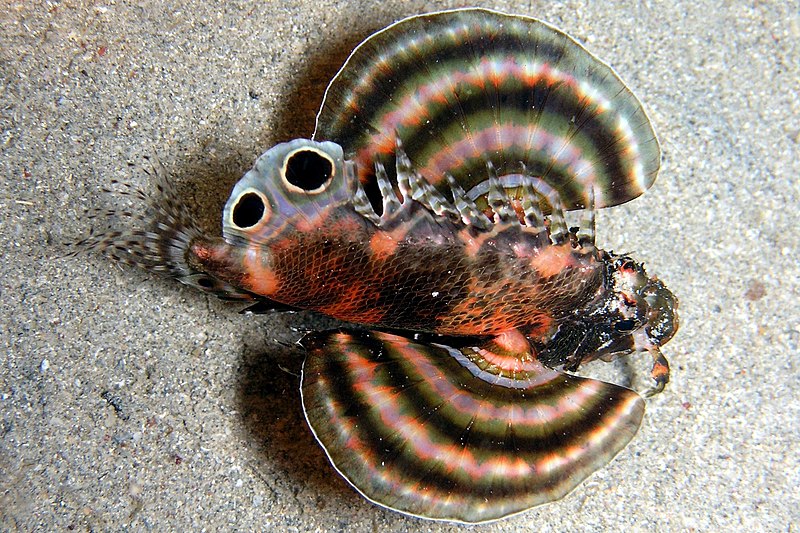Q: CD wrote,
I've started my cycling experiment with a 1 gal betta bowl (no fish, of course - he's in a different one). So far, so good. The ammonia got up to over 1.0ppm (not quite 2.0, but greener than the 1.0), and today it was down to the 0.5ppm color. I've added more old tank water (searched for two weeks, but couldn't find any ammonia to buy), and so now I have another
question - what do I do to test for nitrates? Do you know of anything that is better than strips, or are strips ok for what I'm doing?
When I started the cycling bowl, I thought I'd try something else. Here's the back story: when I first set up my bowl, it got murky within two days. Curiously, it did that again when I used new rocks in my fish bowl. I tested the ammonia, even though it had only been like 3 days, and sure enough, the ammonia was already at 1.0ppm. The only thing different from previous water changes (where the level was bearly even 0.5ppm after 8 days) is the new aquarium gravel. This has got to be it, but why? And if it's causing dangerous levels of ammonia in my system, shouldn't there be some warning on the package or something?
A: Ammonia itself is formed as the result of decaying organic matter. If you are not adding the ammonia yourself from a bottle or getting it from something alive (or once alive) in your aquarium then it must be coming from an outside source like your water. Rocks and gravel are not organic and cannot produce ammonia. It is not unusual, however, for your water supply to have some ammonia in it. There are a few common reasons why you may detect ammonia in your water even if you are not adding anything that creates ammonia (like fish or decaying plants or fish food).
1. Existing ammonia in your water supply. Many of us will find ammonia in our tap water if we test it directly from the sink. Registering .25 - .5 ppm (parts per million) is very common but others have indicated even larger concentrations of ammonia of up to 1.0 ppm directly from their tap water. It is a good idea to test your water from the tap a couple of times per year, especially in the spring when municipal water companies flush their water supply (sometimes this means an influx of chlorine or a spike in pH).
2. Another reason for finding ammonia in your tank when you haven’t added any fish or ammonia directly is the type of water conditioner you are using. First you need to understand how water is treated. These days most water is treated with chloramines. Chlorine is used too but the disadvantage of using chlorine is that it doesn’t last long. Once exposed to air chlorine quickly breaks down and no longer protects your drinking water from harmful bacteria. Chloramines are created from chemical bond between chlorine and ammonia. The old way of conditioning tap water for aquarium use was to just let it sit out in a bucket with an airstone in it. The chorine would break down after one day and it was safe to use. With today’s chloramine treated tap water the aeration method is no longer safe. Now we need water conditioners that treat chlorine and chloramines to make the water safe for our fish. Not all water conditioners are created equal. Some will break the chlorine/ammonia bond and neutralize the chlorine leaving the ammonia (NH3) in the tank. As you can imagine this ammonia is dangerous for your fish. I like to recommend Kordon’s AmQuel+ and NovAqua or a similar conditioner that not only breaks down the chlorine but also binds the ammonia into a non-harmful form. We call this binded form, which is not toxic to fish, ionized ammonia or ammonium (NH4+). If you don’t use a water conditioner that binds the ammonia then that ammonia will register on your ammonia test kit. You are basically creating the ammonia by separating the chlorine/ammonia bond every time condition your water.
3. The third reason you may be seeing ammonia in your empty tank is due to the type of ammonia test kit you are using. There are many brands of ammonia test kits and methods for testing ammonia but some test kits will test for just dangerous NH3 Ammonia while others measure the total ammonia; both NH3 and NH4+ ammonium which was described above. Ammonia test kits that measure both use the Nessler method. These test the total ammonia both harmful and binded form. If you add water conditioner to your aquarium that binds dangerous ammonia a Nessler based test kit will still register it on the test. This type of test kit might be useful if you are really interested in seeing what is going on in your tank while it is cycling. The nitrifying bacteria in your tank will consume both the dangerous ammonia (NH3) and ammonium (NH4+).
If you don’t realize you are using a Nessler test kit you may be worried at the amount of ammonia you are seeing when really it is the nontoxic form that is registering high. The type of test ammonia test kit most people use is a Salicylate based ammonia test kit. This type measures only the dangerous ammonia (NH3) in our aquariums. I have sent an email to Aquarium Pharmaceuticals to get an official response regarding how you tell from the package if the test kit is
Nessler or Salicylate based. I am curious if the box says NH3/NH4+ if it is Nessler based. I should hear back within a week and will repost.
To answer your question about nitrate test kits: when you are getting started dip-stick tests are fine. They are cheap and convenient and personally I believe that
water testing is such an important part of fish care that I never want to discourage anyone from doing it. Reagent based test kits are better as they are definitely more accurate. Reagent based kits come with a test tube and one or more reagent bottles with various liquids for testing. The cost varies quite a bit on those depending on the brand and the type of test you are running (anywhere from $6 to $30 per kit- the higher price tag is usually for saltwater tests.) I use these kits and swear by them. That said; dip-stick tests are still better than not testing at all.



























